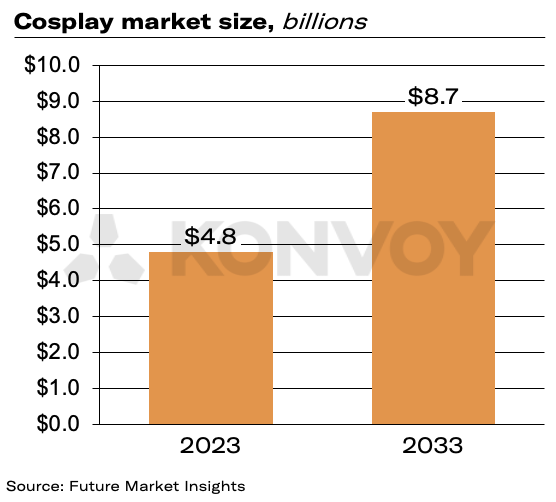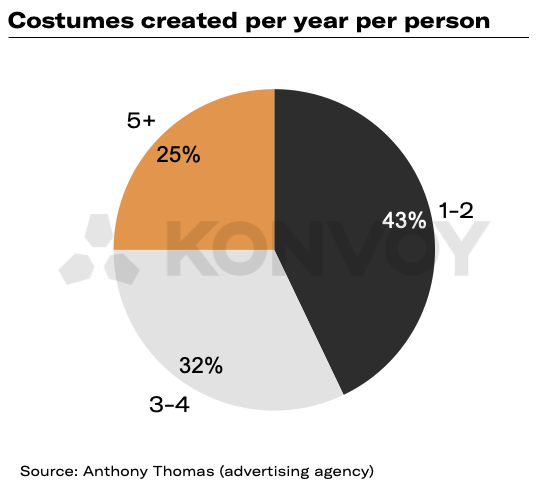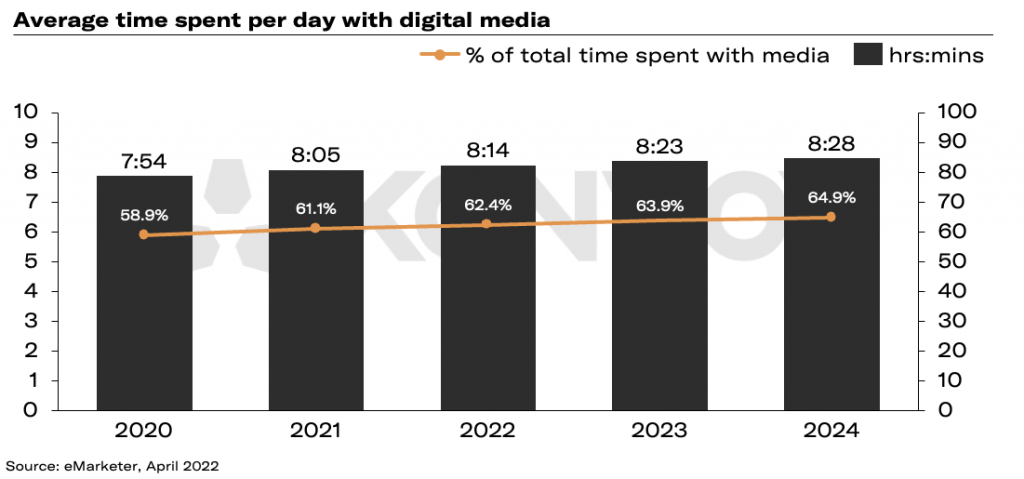For those who haven’t delved into the captivating realm of cosplay, we’re here to shed some light on this rapidly expanding subculture that has firmly intertwined itself with the worlds of video gaming and anime. The term “cosplayers” refers to individuals who immerse themselves in the personas of fictional characters, often plucked from video games, anime series, movies, or comic books. These enthusiasts typically convene at organized events, be they video game expos, comic conventions, or dedicated cosplay gatherings, to indulge in this immersive and somewhat costly pastime.

Within the cosplay spectrum, an astounding array of genres awaits representation. As you traverse the convention halls, you’ll encounter a bustling mix of Spider-Man, Batman, Deku, Wonder Woman, Deadpool, and a host of other characters, some familiar, others not so much.
To grasp the essence of cosplay, it’s essential to delve into its origins. The human inclination to escape the mundanity of everyday life and embrace an alternate reality isn’t a novel concept. Cosplay finds its roots in historical antecedents such as masquerade balls, where attendees donned elaborate costumes and masks. These masquerades first took flight in France in 1393 and later flourished in Venice during the 15th century. Although masquerade balls and costume soirees continued to enchant Europe through the 18th century, the decline of the Venetian empire in 1797 signaled the waning of this tradition.
A resurgence occurred around 150 years later, thanks to Forrest Ackerman, who rekindled the spirit of costume festivities at the inaugural World Science Convention in New York City in 1939. Ackerman is lauded as the “Father of Convention Costuming” by the International Costumers’ Guild. Fast forward to 1984, at the 42nd Worldcon, when Nobuyuki Takahashi, the visionary founder of the Japanese Anime studio, Studio Hard, coined the term “cosplay.” In 2003, Tokyo hosted the inaugural dedicated cosplay conference, marking the formal launch of the cosplay industry.
The Cosplay Landscape
In the present day, an estimated 10 million cosplayers worldwide invest approximately $4.8 billion in their passion in 2023 alone, averaging about $480 per enthusiast per year. Considering the substantial attendance at relevant conferences in 2022, factoring in multiple conference-goers, this estimate appears to hold true. Projections anticipate the cosplay market to burgeon into an $8.7 billion industry by 2033, showcasing a notable 6.1% compound annual growth rate. Surprisingly, although Japan has historically steered the cosplay movement, the United States now reigns as the largest market, accounting for 27.9% of cosplay market revenue, while Japan lags behind at 4.7%. The demographic disparity between these two markets remains a significant driving force.

Cosplay draws a predominantly female crowd, with 64% of cosplayers being women. Age carries no particular advantage or disadvantage in the world of cosplay, distinguishing it from the video gaming realm. As a result, the community boasts a diverse range of ages, with 60% of cosplayers falling within the young adult bracket of 23-29.
Within the cosplay sphere, a subset of fervent spenders, akin to the “whales” familiar in the mobile gaming industry, emerges. Approximately 25% of the cosplay community, approximately 2.5 million individuals, invest in crafting five or more costumes annually. The cost per costume typically ranges from $100 to $400, placing the top echelon of cosplayers in the $500 to $2,000 annual spending bracket. The time invested in crafting these costumes varies significantly, often spanning one to four weeks, according to insights from creators at Rubber City Cosplay. Thus, these enthusiasts not only channel a substantial portion of their entertainment budgets into their hobby but also devote a considerable amount of time.

Why the Flourishing Cosplay Scene?
In our analysis, two key factors underpin the continuing ascent of the cosplay market.
- The Digital Landscape and Digital Personas: Cosplay’s growth harmonizes with a rising trend of individuals spending a significant portion of their lives immersed in digital environments. In the United States, adults devote an average of 8.5 hours daily to digital devices, with 64% of that time dedicated to media consumption. Gamers, in particular, invest ample time embodying characters in virtual realms, which kindles a desire among many to manifest these digital identities in the real world. Cosplay serves as a potent conduit for gamers to publicly express their fandom and unite with fellow enthusiasts. It’s as if these virtual personas now materialize in the tangible world through the medium of cosplay.
- Real-World Escapism: While escapism often carries negative connotations, framing it as an avenue to temporarily transcend the rigors of everyday life opens a fresh perspective. J.R.R. Tolkien, the renowned author of “The Hobbit” and “The Lord of the Rings,” articulated this idea best: “I have claimed that Escape is one of the main functions of fairy-stories…” In a world filled with digital distractions, we often seek respite from the ordinary through games, social media, or digital content consumption. Cosplay provides a healthy outlet for enthusiasts to express their admiration for specific character traits or values found in fictional figures like Aragorn from “The Lord of the Rings.” It stands as a beacon of modern-day entertainment, offering a wholesome form of escapism.
Challenges on the Cosplay Horizon
The vibrant cosplay community also faces certain challenges:
- Model Hijacking: Cosplay is celebrated for its inclusivity, allowing anyone to embody their beloved characters. However, burgeoning concerns revolve around the rise of prominent cosplayers leveraging the industry as a stepping stone to modeling careers outside of cosplay. Unlike gaming platforms like Twitch, where success primarily hinges on skill, top influencers in cosplay often owe their popularity to both skill and physical appearance. Their content and portfolios often resemble professional modeling portfolios, raising questions about the industry’s trajectory and the definition of the “ideal” cosplay.
- Copyright Conundrum: In 2021, Japan initiated investigations into those capitalizing on costume and gear creation, especially creators who skirted intellectual property laws. Given the grassroots nature of the cosplay scene, most creators operate independently, making monitoring and regulation challenging. Conversely, some intellectual property owners, such as Blizzard, welcome independent creators as free marketing channels. The issue of copyright infringement remains unresolved but looms over the cosplay realm.
- Barrier to Entry: Unlike gaming, which often offers free entry, cosplay demands a minimum commitment, starting at around $100 to craft or purchase a costume. Additionally, participation in cosplay, heavily centered around in-person events and conventions, requires substantial time investment. These entry barriers, be they financial or temporal, could impede the expansion of the cosplay market into emerging economies.

In Conclusion
Cosplay stands as a burgeoning industry, fueled by a user base inclined to invest significantly in their passion. We believe that current market estimations may underestimate its potential, with a projected compound annual growth rate surpassing 10%. This growth is propelled by the prevailing forces of digital identity immersion and real-world escapism. The industry must, however, remain vigilant against being co-opted by influencers with ulterior motives and address the ongoing intellectual property challenges in both Japan and the United States, pivotal players in this burgeoning market. As cosplay and gaming converge further, new






